What Is Flat Roofing and What Makes It So Popular?
Are you thinking about installing a flat roof on your structure? This can be a great choice, as flat roofs have become a popular choice for a variety of reasons. Flat roofs, while not entirely flat, have a low slope to aid in water drainage. They also offer a minimalist aesthetic appeal often seen in modern architecture. According to This Old House, the roofing industry in the U.S. is projected to reach $76.4 billion in 2025, partially due to the continual demand for efficient roofing solutions like flat roofs. Let's take a moment to explore the intricacies of flat roofing, a popular and versatile roofing option for both residential and commercial buildings.
What Defines a Flat Roof?
Flat roofs are defined by their low slope, typically ranging from a quarter to a half-inch of rise per foot. Unlike pitched roofs, flat roofs appear level to the naked eye, though they are slightly sloped to facilitate drainage. The main structure often includes a vapor barrier and insulation, topped with a protective layer of gravel or another surface material. While flat roofs may appear simple, their successful implementation requires careful design to prevent water pooling and subsequent leaks. This type of roofing is prominent in drier climates, where drainage is less of a concern.
Comparison to Other Roof Types
Flat roofing contrasts significantly with more traditional pitched roofs, which have steep inclines to naturally direct rainwater towards gutters. While pitched roofs are beneficial in regions with heavy rainfall or snow, flat roofs are advantageous for maximizing usable space atop buildings. They allow for easy installation of HVAC systems or solar panels and offer potential for rooftop gardens. Though not as effective in natural drainage as pitched roofs, modern flat roof systems often incorporate solutions to mitigate water accumulation. As such, the choice between these roof types largely depends on geographic and architectural considerations.
Historical Evolution
The history of flat roofing can be traced back to ancient civilizations, such as in Mesopotamia or Egypt, where flat mud roofs were commonly used. As architectural practices evolved, the use of flat roofs expanded, with more sophisticated materials like asphalt and synthetic membranes emerging. Modern flat roofing gained popularity in the early 20th century, especially in industrial and commercial buildings, due to its functional design. Throughout history, flat roofing technology has adapted to changes in climate, environmental awareness, and aesthetic trends. Today, advancements in materials have made flat roofs an appealing option for a wider range of climates.
Why Are Flat Roofs a Popular Choice?
Cost-Effectiveness
Flat roofing systems are often more affordable than their pitched counterparts due to simpler architecture and fewer materials required for construction. The straightforward design means reduced labor costs, making them an attractive choice for commercial projects where budget is a primary concern. For residential buildings, these savings can be significant, particularly in urban areas where space is at a premium. Flat roofs also allow for more efficient use of materials, minimizing environmental waste. As a result, financial considerations often play a crucial role in their selection.
Another factor contributing to the cost-effectiveness of flat roofing is its long-term durability when paired with proper materials and maintenance. Modern membranes and coatings, such as TPO, EPDM, or PVC, offer extended lifespans while resisting common issues like leaks and UV damage. This longevity reduces the frequency and cost of replacements compared to less durable roofing options. Additionally, the ability to repair localized areas without extensive structural work further minimizes expenses over the roof’s life cycle. For building owners, these savings can translate into more predictable maintenance budgets and lower overall investment in the property’s roofing infrastructure.
Space Utilization
One of the primary benefits of flat roofs is their ability to maximize usable space on top of buildings. They provide a platform for installing energy-efficient devices such as solar panels, environment-enhancing features like green roofs, or even recreational areas. This adaptability is particularly valuable in urban environments, where ground space is limited and every square foot counts. Flat roofs can transform otherwise unused space into productive and functional areas. This potential for extra capacity is a compelling advantage over traditional pitched roofs.
Flat roofs also provide unique opportunities for creative and functional design enhancements. Rooftop gardens, lounge areas, or even small outdoor workspaces can transform a previously unused surface into a valuable extension of living or commercial space. For businesses, this can mean areas for employee relaxation or customer engagement, while homeowners may enjoy private outdoor retreats. In addition, flat roofs can accommodate equipment like water tanks, satellite dishes, or ventilation systems without interfering with the building’s aesthetic or ground-level footprint. This adaptability makes flat roofs a practical and innovative solution for maximizing every inch of a property.
Ease of Installation
The design of flat roofing contributes to simpler, faster, and less labor-intensive installation compared to sloped roofs. The lack of complex angles and fewer structural constraints means contractor teams can work more quickly and safely. This efficiency translates to lower overall installation costs and shorter project timelines. Additionally, flat roofs offer straightforward pathways for installing systems like HVAC or solar panels post-construction.
The simplicity of flat roof installation also allows for greater flexibility in scheduling and project management. Because fewer structural complexities exist, contractors can more easily coordinate deliveries, staging, and labor, reducing delays that often occur with pitched roofs. This streamlined process is especially advantageous for commercial projects or multi-phase constructions, where time is a critical factor. Furthermore, the straightforward installation means fewer interruptions to occupants or surrounding areas, making flat roofs a practical choice for both new builds and renovations.
Maintenance and Inspection
Flat roofing allows easier access for maintenance and inspection, a key aspect of its practical appeal. Regular inspection can be more easily conducted, with minor repairs done promptly to prevent larger issues. The cost of maintenance is generally lower due to the accessibility and straightforward design. With proactive maintenance, flat roofs can achieve extended lifespans and operate efficiently throughout. Contractors leverage this convenience to provide value-added services that sustain the roof’s functionality.
The straightforward layout of flat roofs also makes it easier to implement preventive maintenance programs. Building owners can schedule routine inspections without significant disruption, allowing small issues—like minor membrane tears or blocked drains—to be addressed before they escalate. This proactive approach not only extends the roof’s lifespan but also reduces the likelihood of costly emergency repairs. In commercial settings, where downtime can be expensive, this predictability adds tangible value to flat roof systems.
Accessibility
The accessibility of flat roofs enhances their utility, allowing building owners to easily reach and utilize their roof space. From conducting routine checks to deploying additional installations, accessibility reduces the complexity and cost of upkeep. Emergency repairs are simplified, with personnel able to address issues safely and quickly. This ease of use ensures building owners can capitalize on their roofing investment over time. As a result, flat roofs represent an advantageous choice for both new constructions and renovations.
Flat roofing represents a dynamic option in modern architecture, balancing benefits and challenges.
Whether selected for aesthetic, financial, or practical reasons, understanding its complexities can aid in making informed decisions for any construction project. With its numerous applications, from residential settings to commercial structures, flat roofing provides a canvas for integrating sustainability and innovation. If you're interested in investing in flat roofing, reach out to McChesney Lueck Roofing, LLC today. We can get you started with a free estimate!

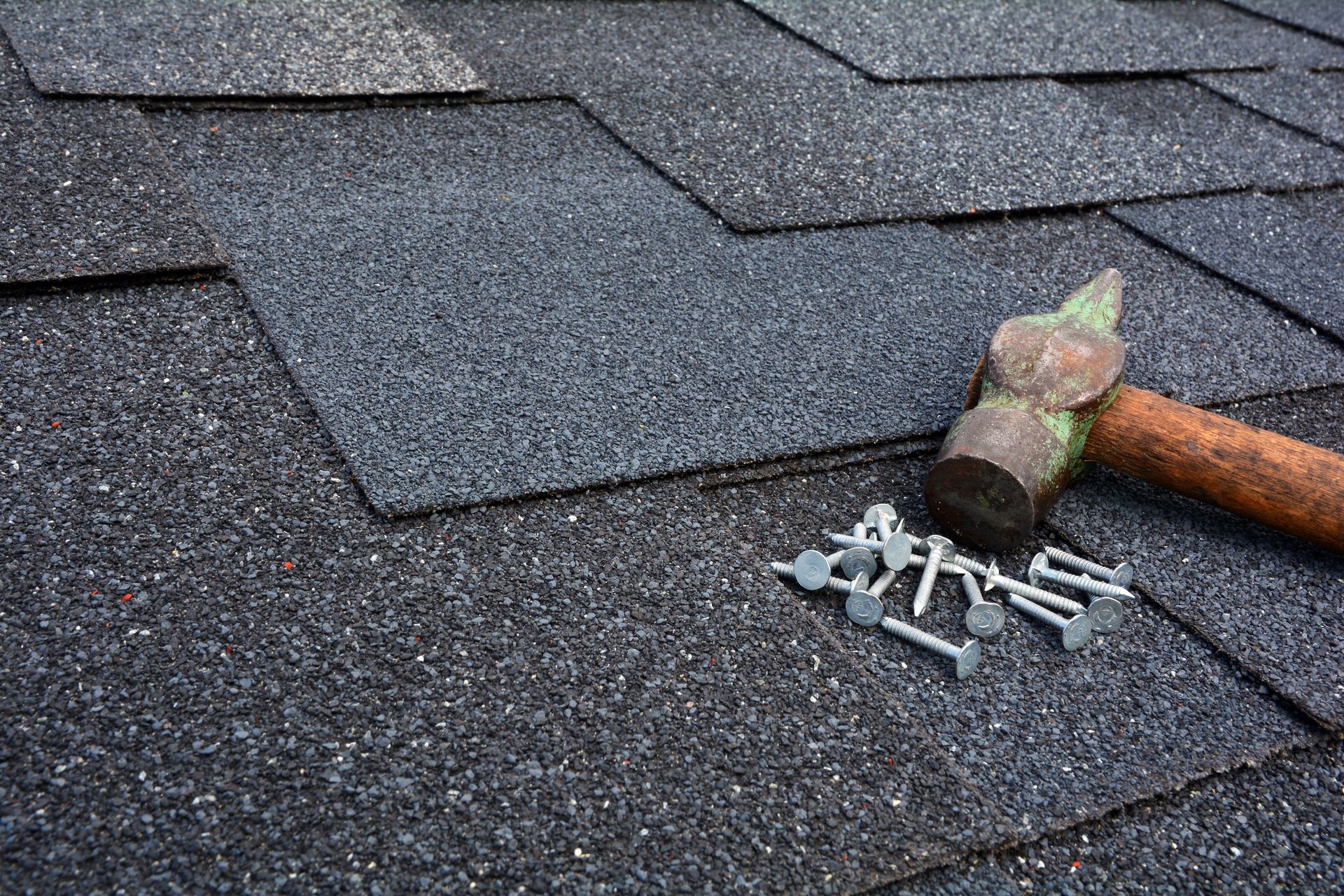
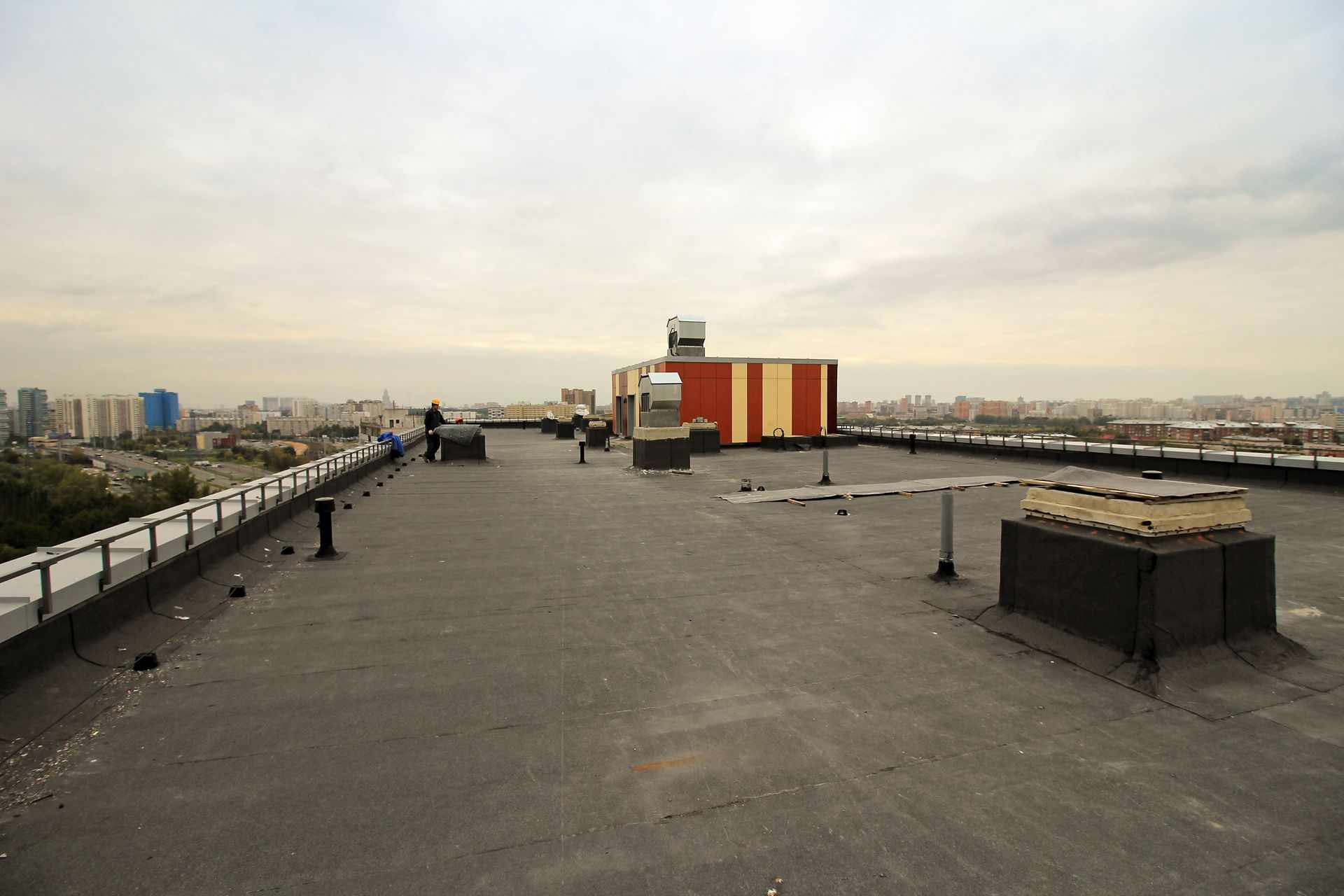
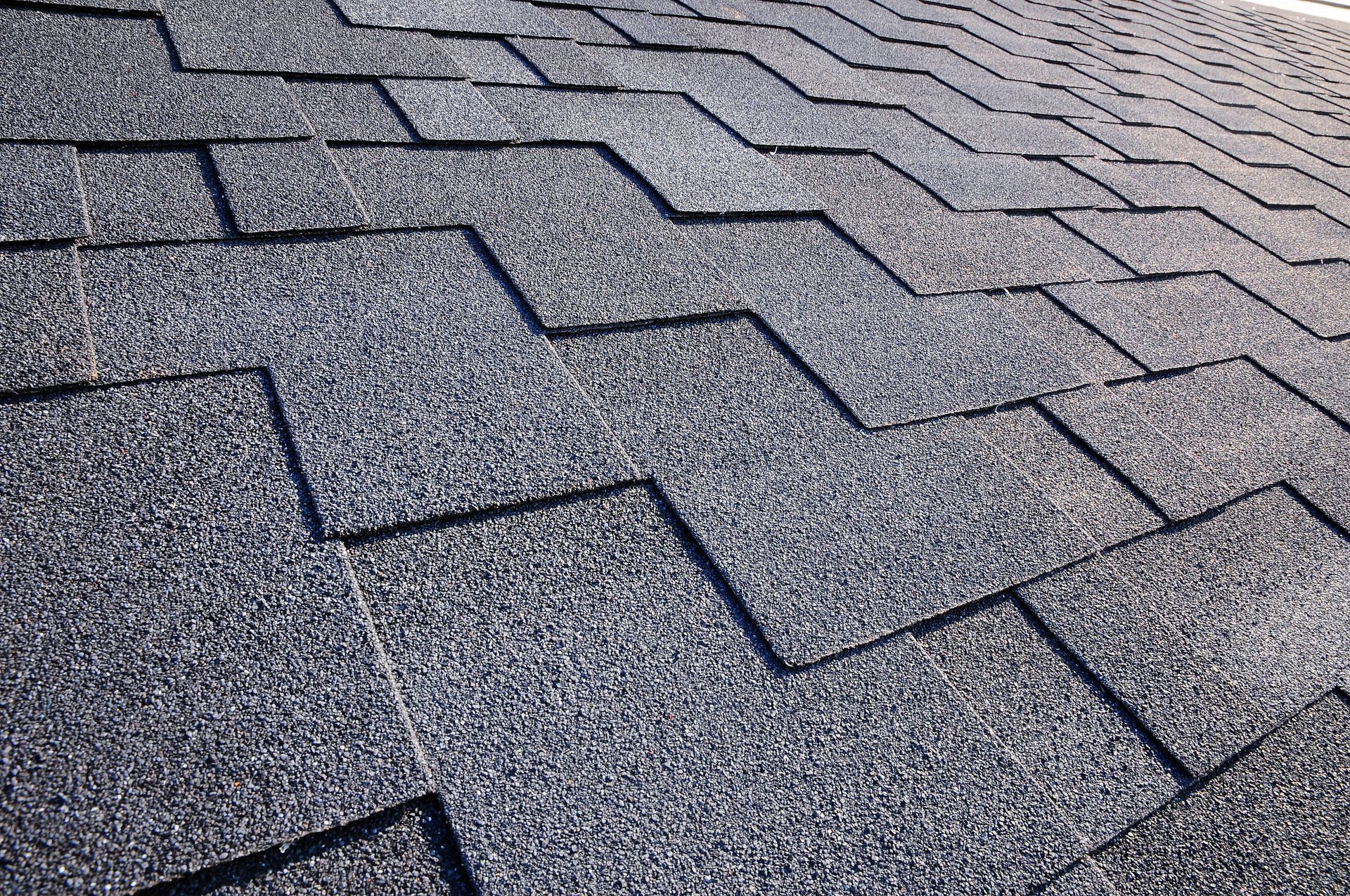
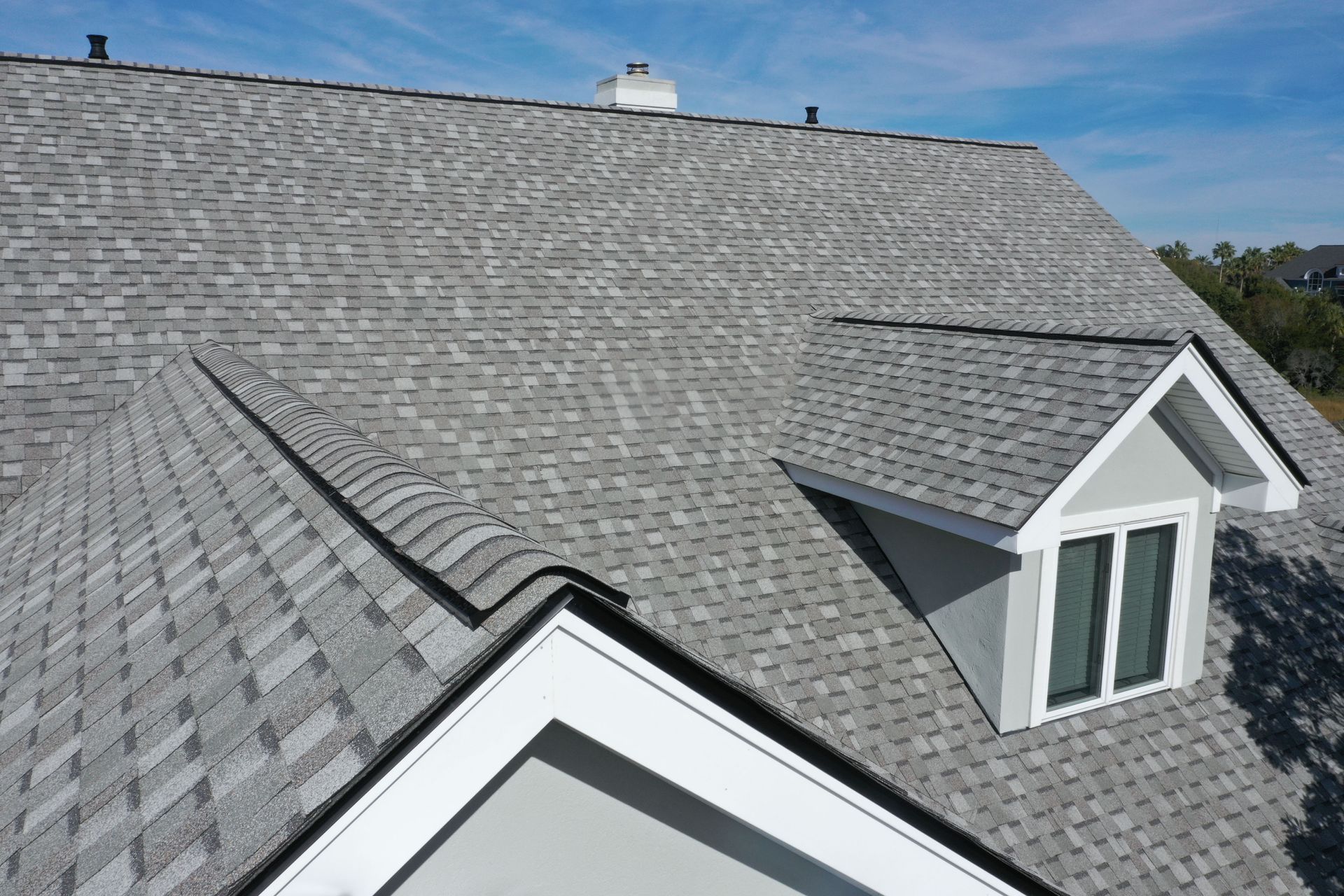
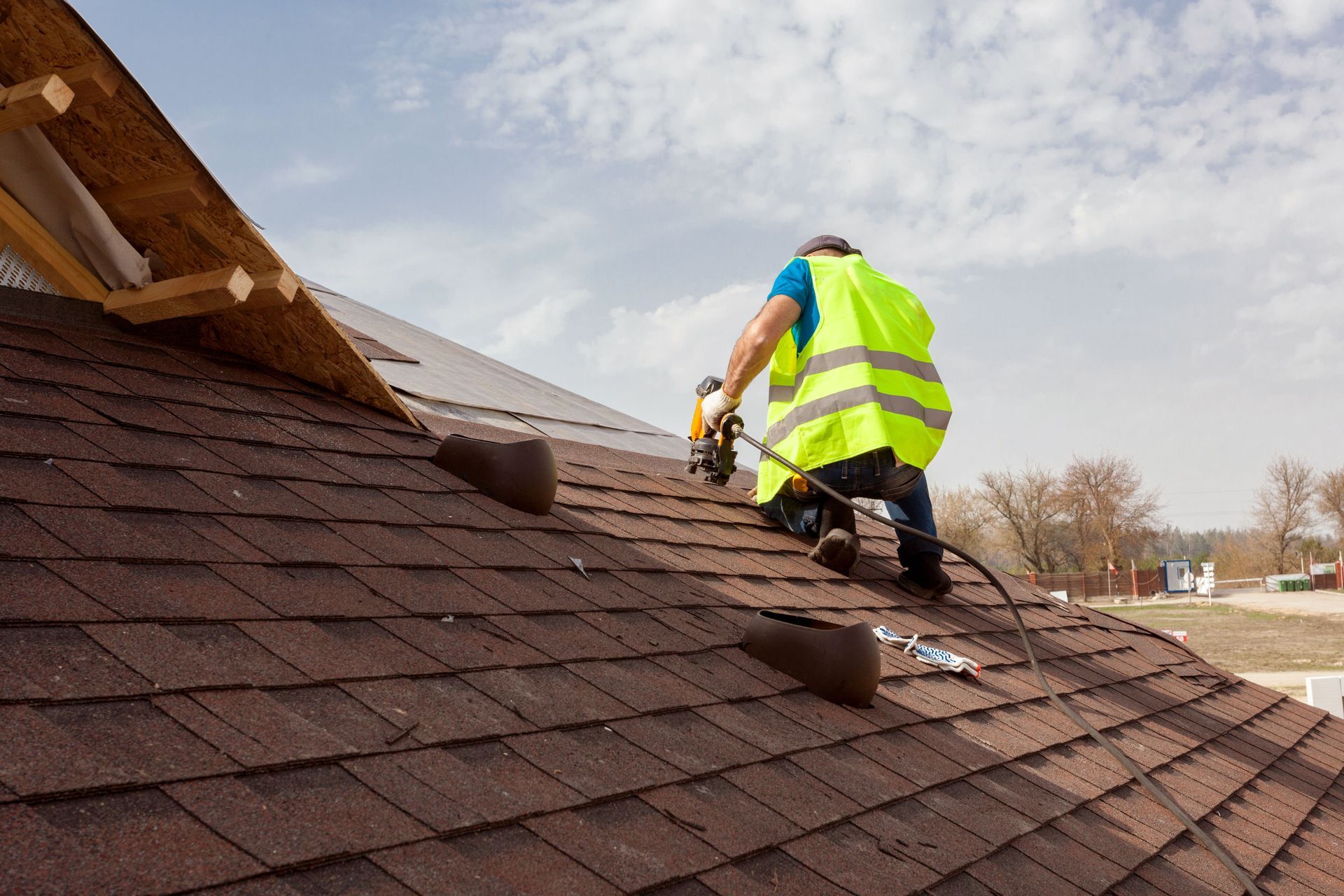
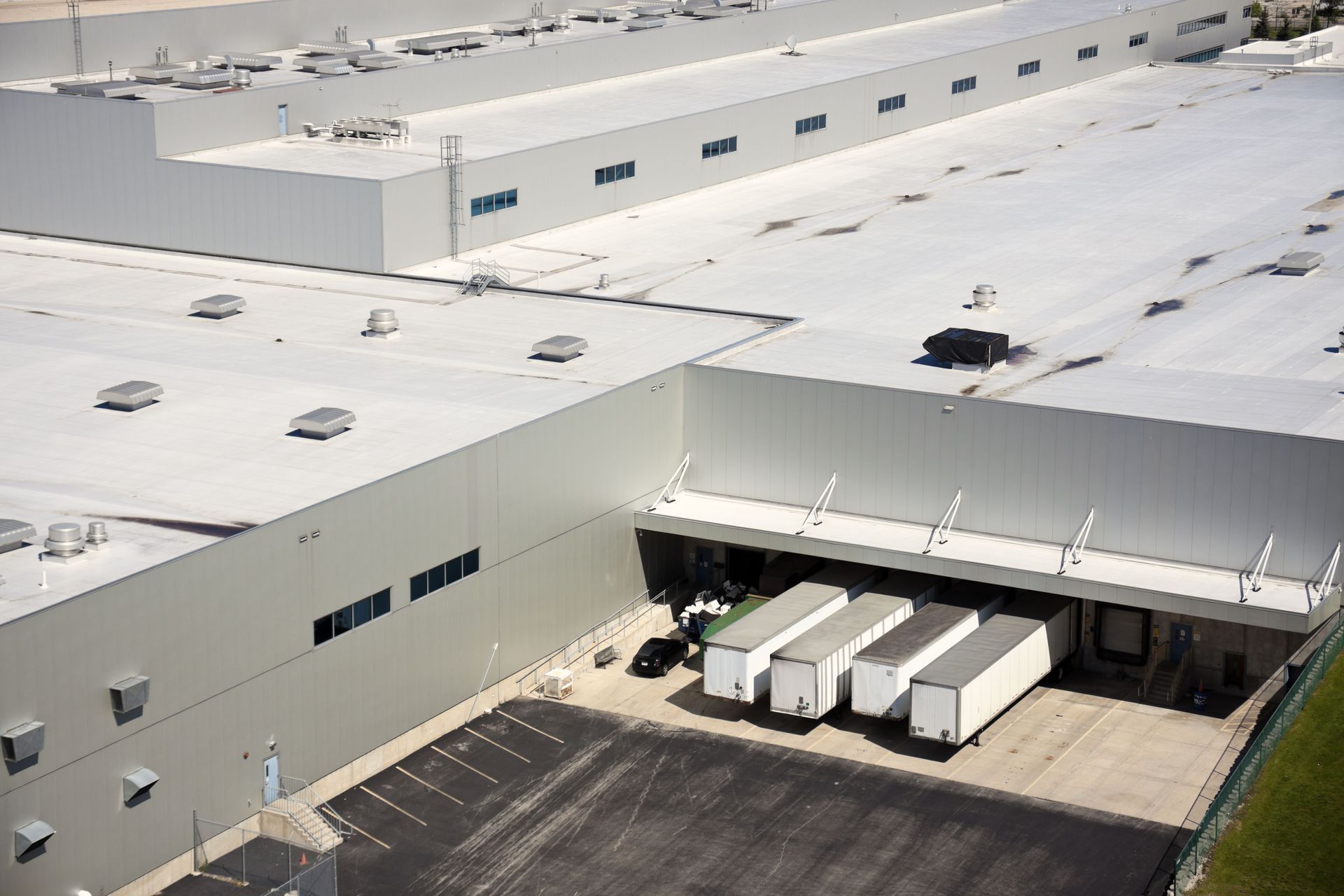
Share On: